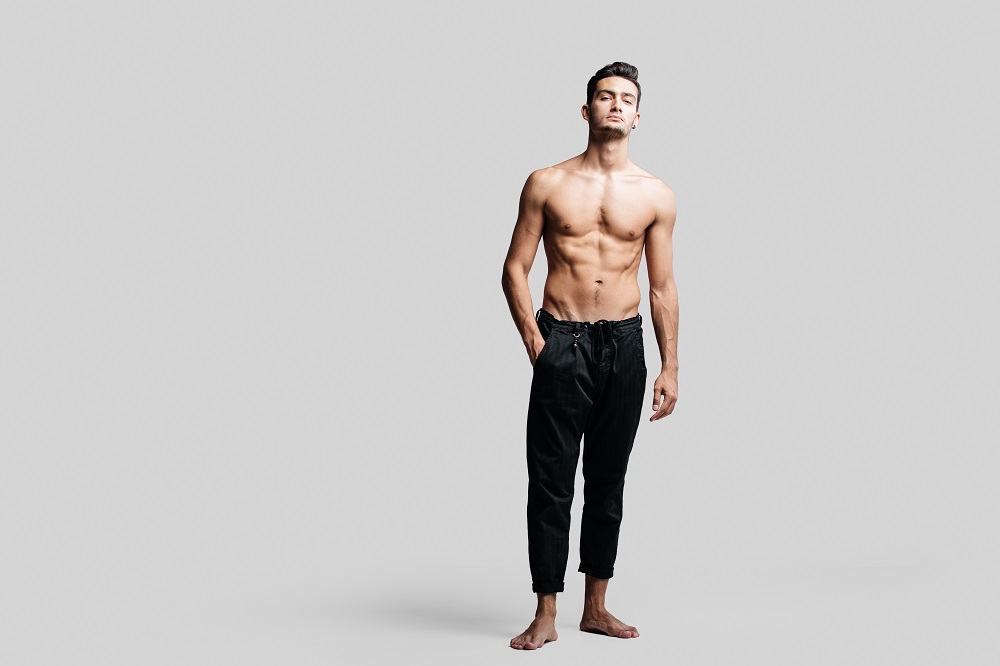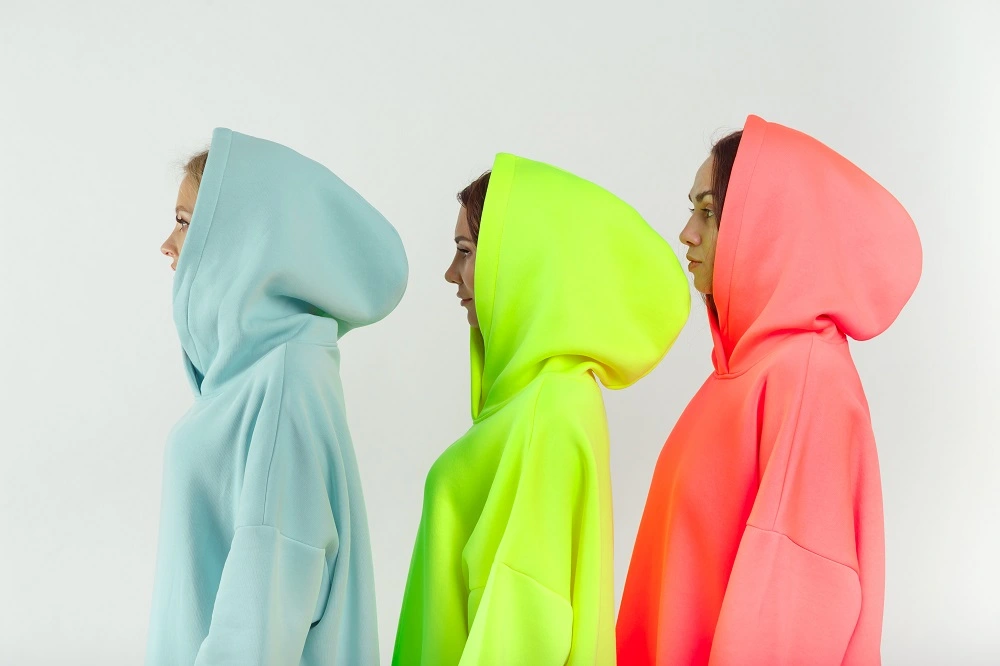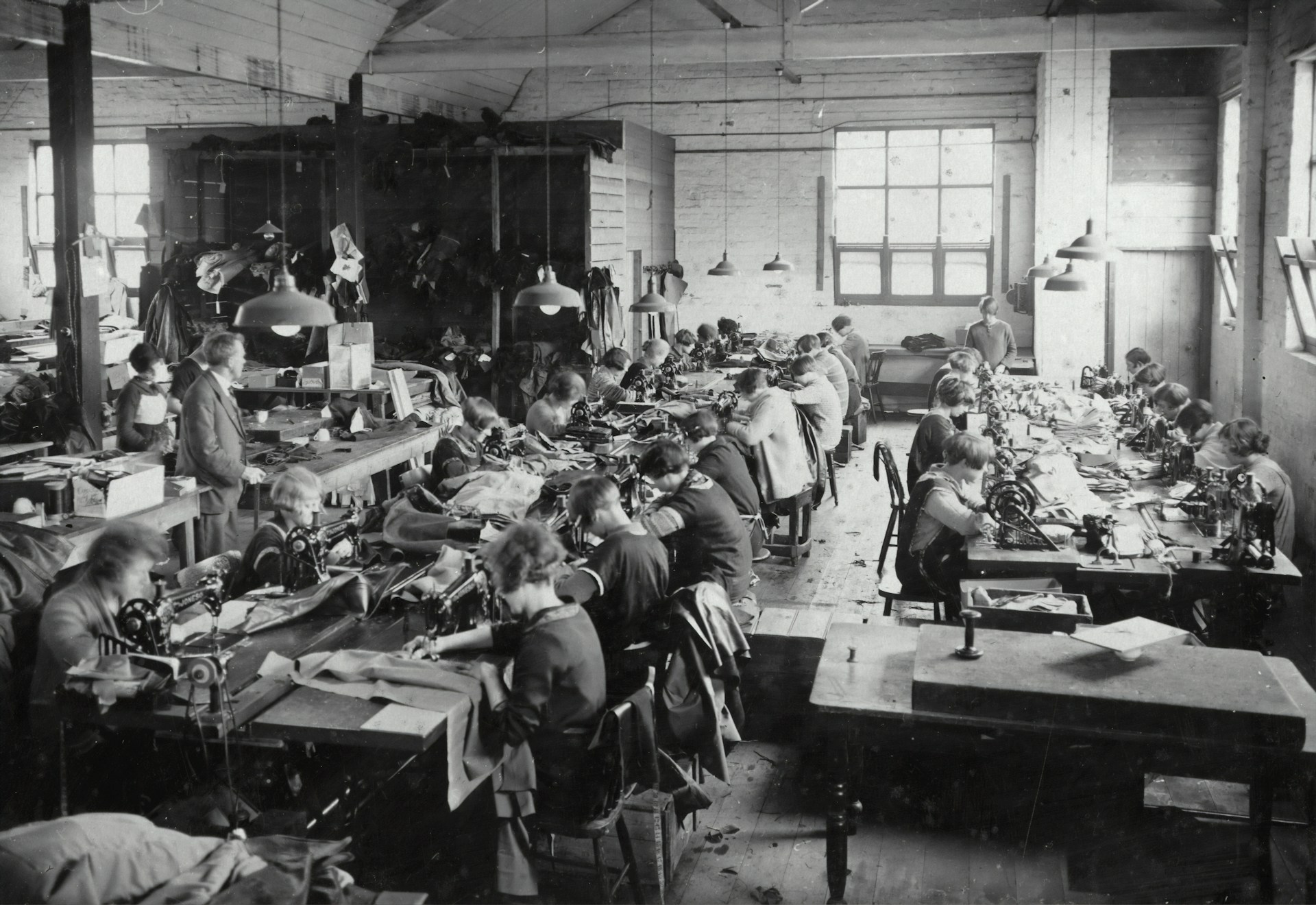Wondering how your clothing goes from concept to a physical product to wear? The garment manufacturing process is incredible — it involves a managed and pre-planned chain of events that transforms your designs into a product through a series of steps. Knowing the clothing production process provides you with better choices, whether you are just beginning as a fashion brand or if you are looking to understand how your clothing is overall produced. We will take you through all the steps in the entire apparel production process from sourcing the fabric to the final stitching. Now that you know what is involved, you will know what the cloth making process looks like behind the scenes. If you are going to work with custom clothing manufacturers, this will give you a simple overview.
1. Design & Concept Development
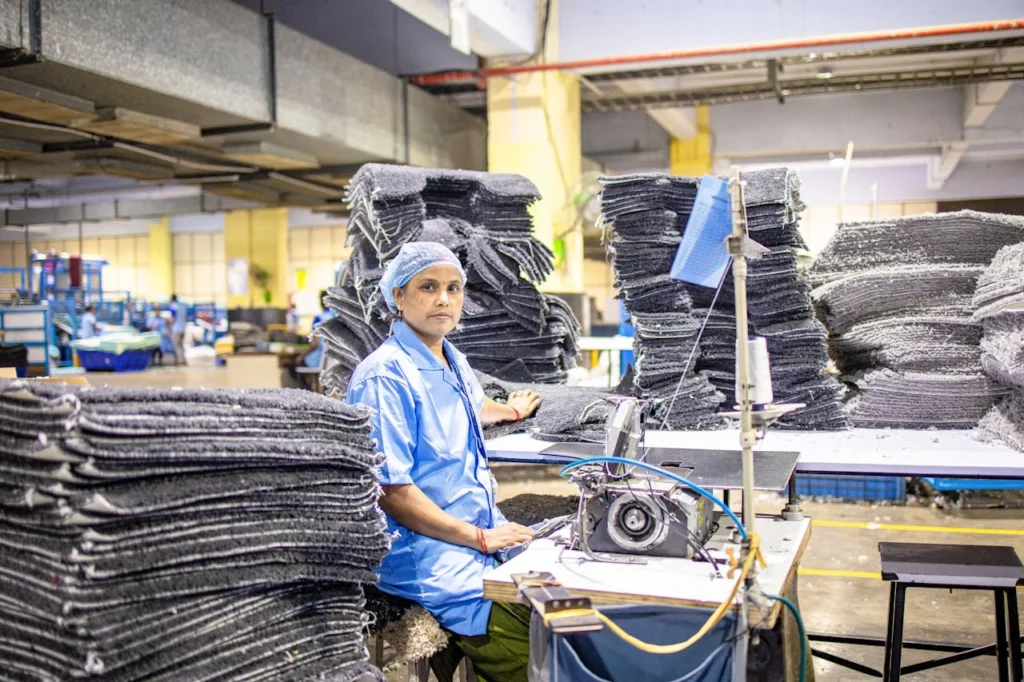
All garments start as an idea, long before any sewing is involved. This stage is essential to the clothing production cycle; at this stage, you go from your idea to creating a plan especially when you intend to start your own clothing line.
Understanding Your Brand’s Vision
This stage is about converting your idealisation journey into targeted design goals. Manufacturers work alongside your brand, learning about your style, demographic target, the purpose of the product, and the expected outcome, of course! Because communication is a two-way street, the more information and “context” you provide, the greater chance your team has to depict in the final product the essence of the brand.
Tech Pack Creation
The tech pack is the architectural plan of your garment; it details everything from measurements and types of fabric to sewing instructions and labeling. The content and level of detail reduce the risk of errors, save time, and facilitate the exchange of information between your brand and the manufacturer through this tech pack and clothing line sheet.
Fabric and Trim Selection
Selecting the appropriate fabric and trims is very important for the aesthetic appearance, feel, and fit, and functionality of the end product. Manufacturers have worked with various fabrics and trims and can provide sampling and options based on texture, whether they are sturdy and fit for your purpose, seasonal appropriateness, and cost, to marry aesthetics and functionality.
2. Sourcing of Materials
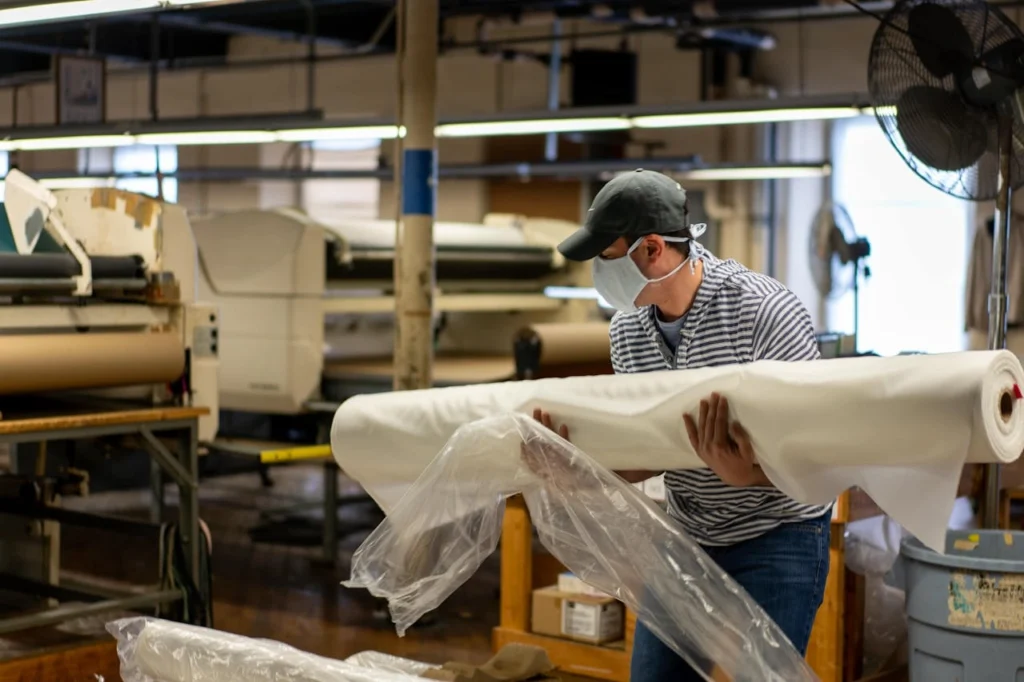
Once the design is complete, it’s time to turn it into a real product with the selection of materials. Wherever you source materials, and the way that you source materials, will ultimately determine the quality and the cost of your manufactured product.
Selecting the Right Fabric
The materials are always going to sail over your clothes making. The manufacturer will help you choose materials that most closely represent your vision, as well as perform for your intended purpose of use. It could be cotton, polyester, or blended performance; the appropriate fabrics will later dictate the comfort, durability, and aesthetics of your garment.
Choosing Sustainable or Specialised Materials
For sustainable or imperative performance fabric, the manufacturer can offer sustainable options or speciality fabrics like organic cotton, recycled polyesters, and moisture-winking fabrics that will relate to your ethics and increase the value of your product.
Supplier Coordination
Understanding your materials efficiently is essential to understanding sourcing, so a lot of this comes down to building strong relationships with your suppliers and using your manufacturing partners’ processes to manage timing, quantities, and quality, while also ensuring that materials arrive on time. This is an imperative step to avoiding production delays and consistency issues throughout the production life-cycle.
3. Pattern Making and Grading
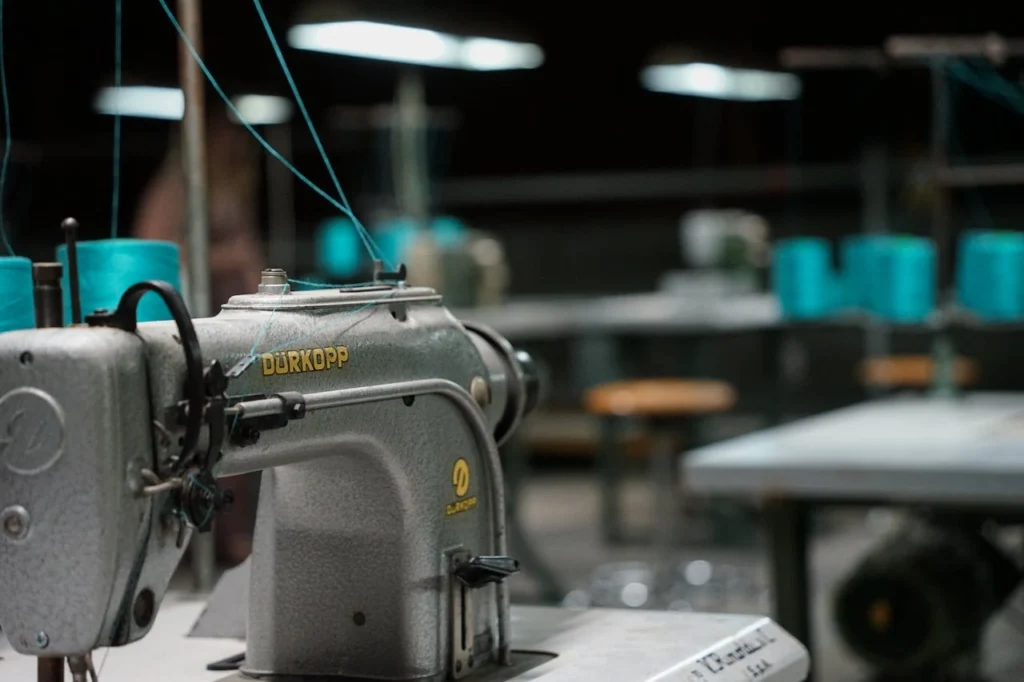
Prior to cutting any fabric, patterns are made to create your design. This is a technical step, and it will impact fit and wearability.
Digital vs Manual Patterns
Patterns can be created either manually or digitally, depending on your needs. Digital pattern-making is faster and more precise, and lends itself to scaling. Manual methods may also be used to create a unique design. In any case, the goal is accuracy and as near as possible.
Grading for Different Sizes
Grading is the process of rescaling the base pattern to create sizes. If done well, the grades will look and feel the same across all garments. If grading is poor, the fit of the garments will suffer. Therefore, manufacturers with experience will weigh the grade process heavily.
4. Sample Development
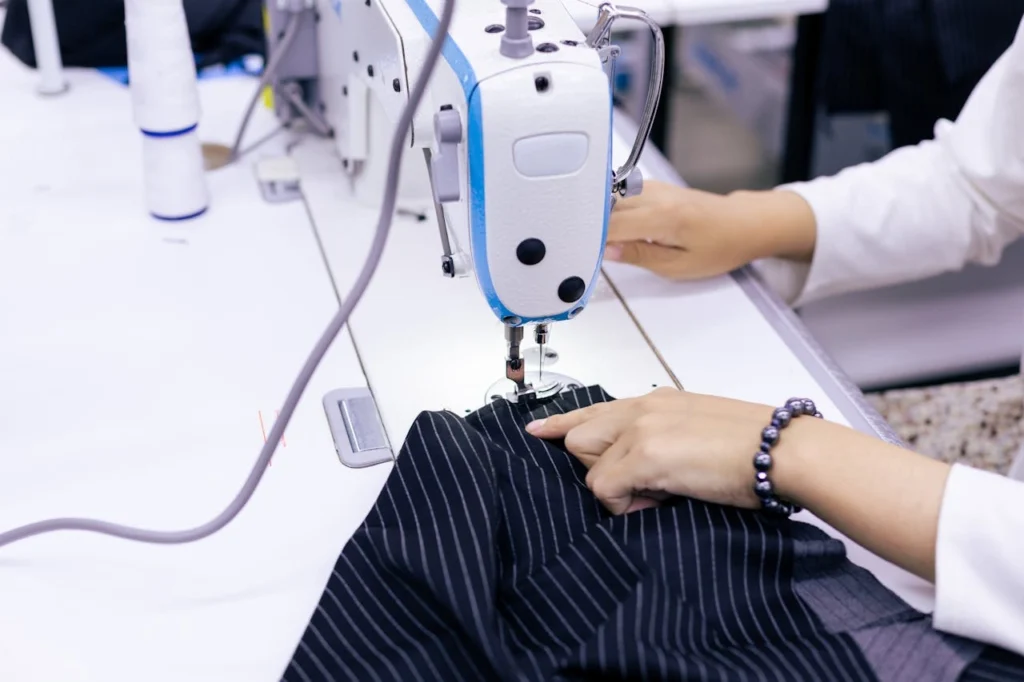
It’s time to bring your design into a physical prototype. This is where the idea becomes a real product, and necessary changes can be made.
Prototyping the Design
A first sample is made using your tech pack specifications and approved fabrics. This prototype gives you the opportunity to evaluate the garment’s construction, fit, and overall presentation, and to make sure that you are satisfied with the product before going into quantity manufacturing of clothes.
Fit Testing and Adjustments
The sample is purchased so that you can try it on models or mannequins and evaluate things such as fit and movement. After evaluating the samples, necessary changes can be made. This is your chance to adjust the garment and ‘get it right’ before a full manufacturing run, which can reduce costs and failures that may be associated with fixing errors later on.
5. Fabric Cutting Process
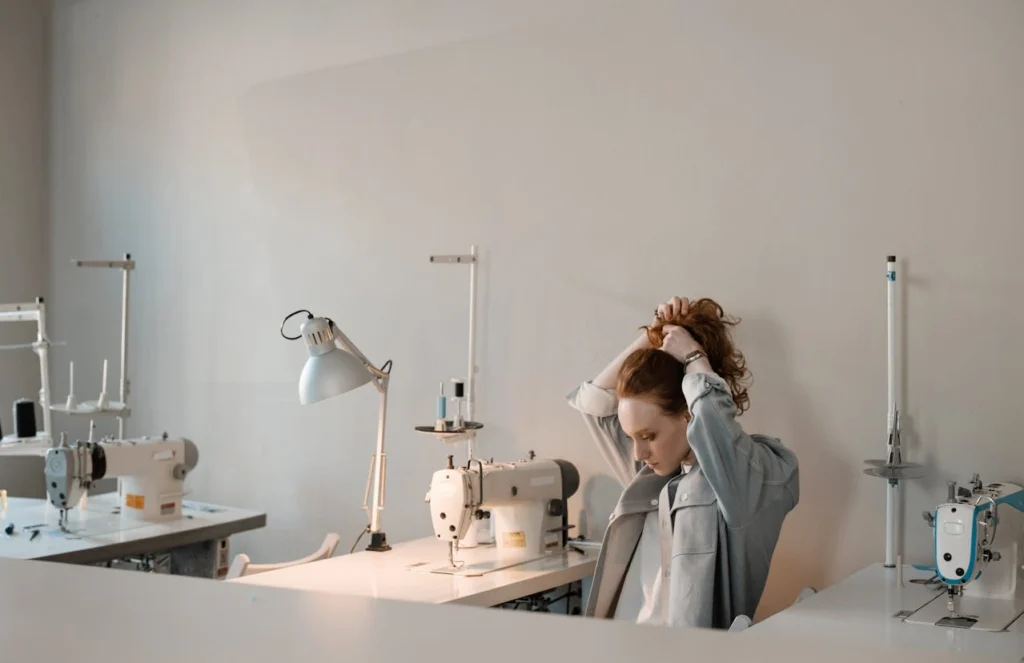
In this stage, accuracy is everything. When the samples are approved, production will cut larger pieces using the final patterns.
Manual vs Automated Cutting
If the order is small or the fabric is delicate, cutting would be done manually. If it’s a larger order, and we used pattern pieces with ink marks, we would need to consider using fast and easy automated machines, too. You will need something that serves you best based on volume and type of fabric. Producing most efficiently is key to keeping costs low and quality up.
Minimizing Fabric Waste
They will generally use efficient cutting techniques, such as marker planning, that reduce fabric loss and waste during cutting. Manufacturers do this as a matter of course to minimize waste of fabric, cut costs, and achieve economies of sustainability.
6. Sewing and Assembly
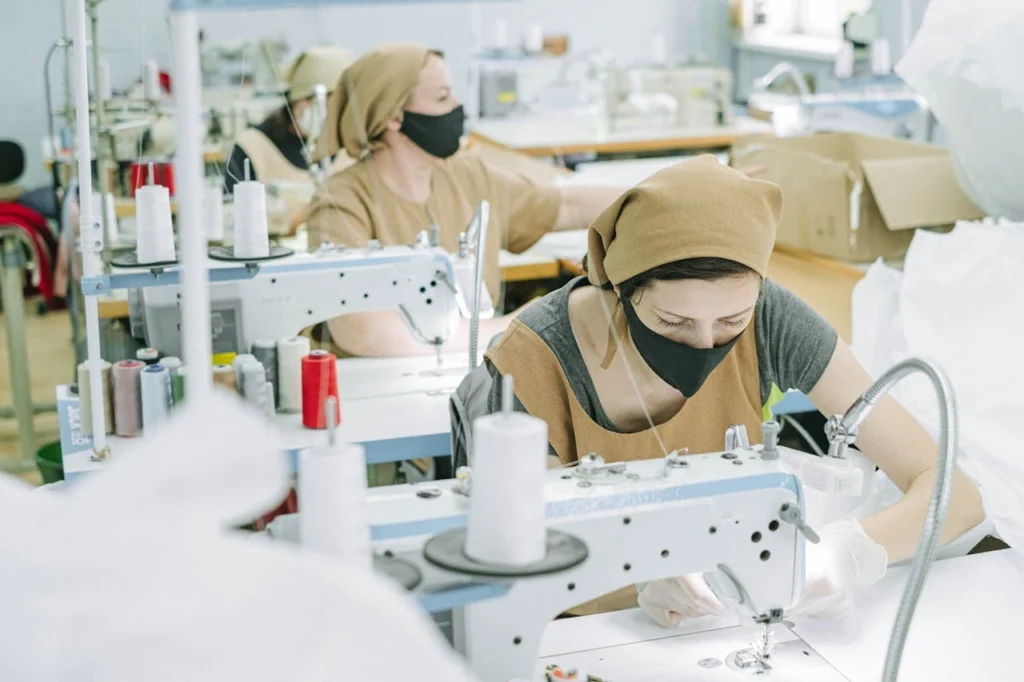
This is the point where every part is put together to create one complete piece. It’s the centerpiece of the clothing production process.
Production Line Setup
In an efficient production line, each worker or machine is assigned the same task throughout the entire garment. Whether that’s sewing the seams, adding collars, zippers, or something else, production lines are designed so that people or machines can get into a rhythm and aim to keep everything moving along effectively.
Quality Control During Stitching
To prevent any problems from occurring at the end of production, manufacturers build quality checks into the process of stitching the garment. This requires quality checks for seam strength, seam alignment, certain elements of craftsmanship, and workmanship – as manufacturers will want to ensure every piece is up to your brand’s standards.
7. Finishing Processes
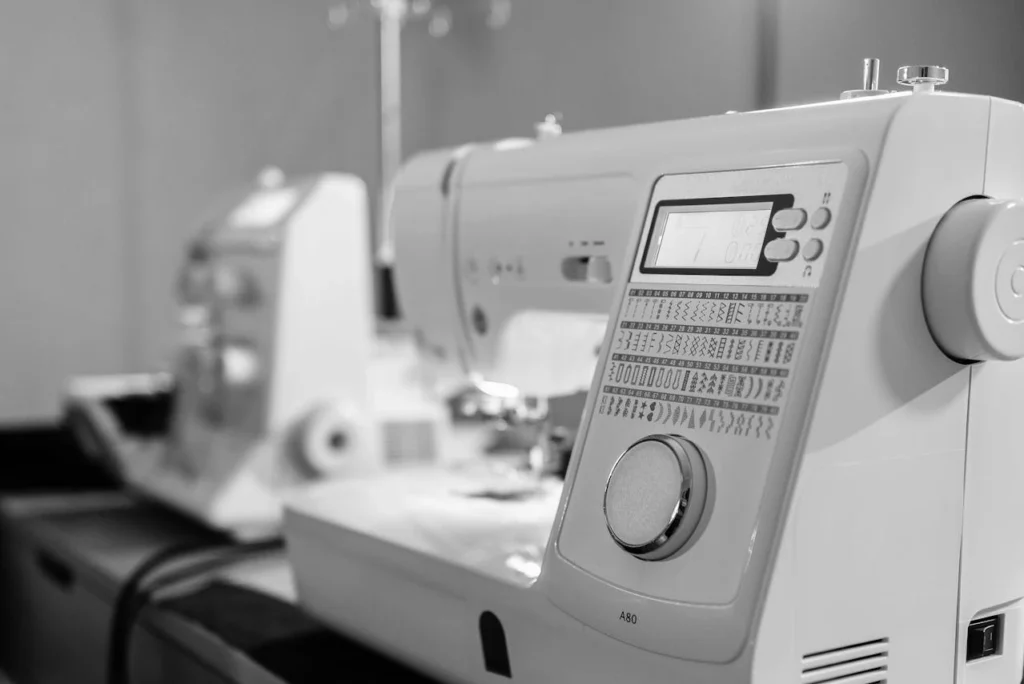
A properly finished garment improves user experience and suggests professionalism. This step adds the final finishing touches that are most important to your customers.
Trimming and Cleaning
All loose threads and leftover fabric debris, lint, and so on, are removed so that the garments look clean. This step establishes that the product looks finished and is market-ready.
Ironing and Pressing
All garments are then steamed or pressed to improve their presentation and remove any wrinkles that could be from handling or stitching. This contributes to the sense of value your product conveys.
Labeling and Tagging
Brand labels, care labels, and size tags are attached at this stage. These not only provide useful information but also establish your brand identity and meet legal obligations from the governing authority.
8. Final Quality Inspection
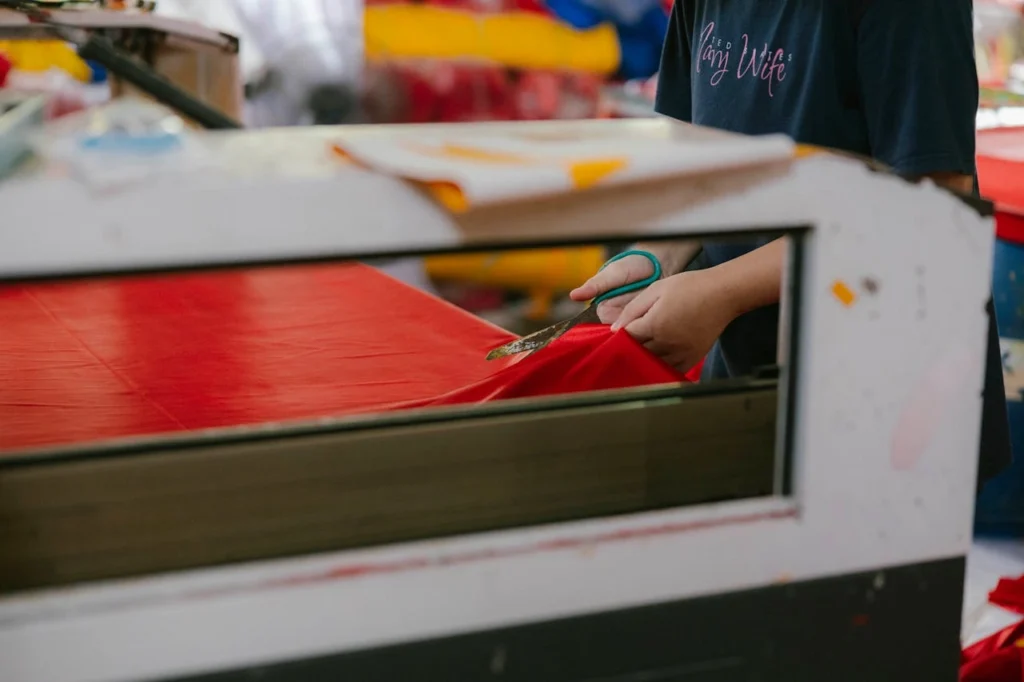
Before anything moves, every item is given a last inspection to verify it meets the approved level of standards.
Visual Checks and Measurements
Every article of clothing is inspected for visible defects, size correctness, and construction correctness. This inspection process assures the whole batch is consistent.
Functionality and Durability Tests
Different tests may include zippers, buttons, seams, and wearability. Verify you are ensuring durability to reduce returns and keep your customers happy.
9. Packaging and Shipment
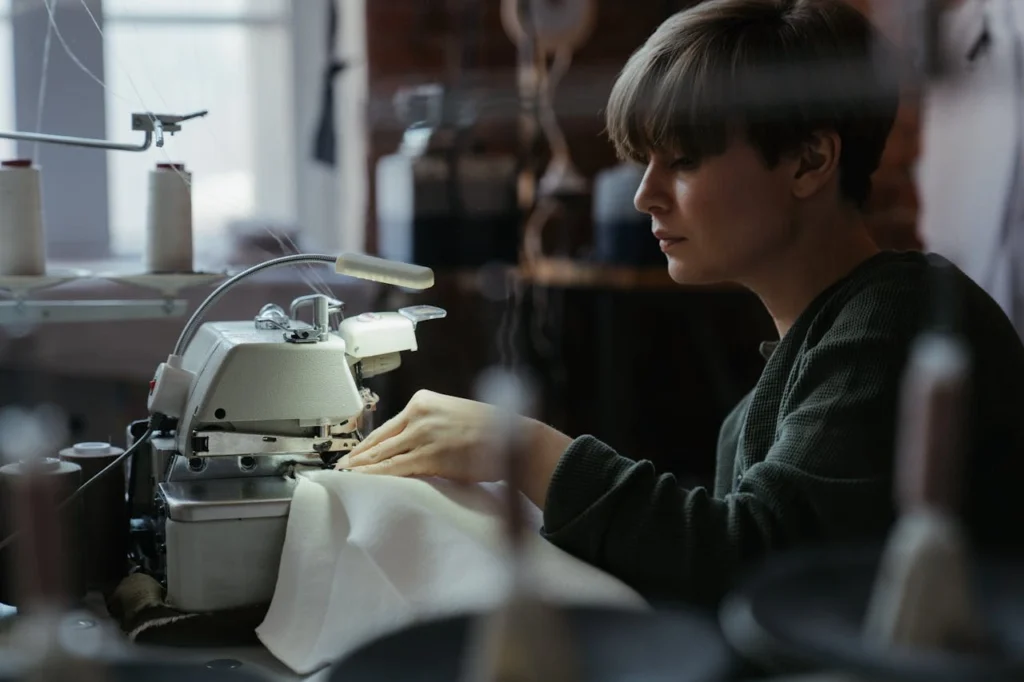
Finally, it is time to prepare the product for shipment: packaged nicely and on time.
Custom Packaging Options
Whatever you need, from branded boxes to green bags, packaging is customized for you. Well-designed packaging supports a brand image and offers a memorable unboxing experience.
Logistics Coordination
Manufacturers take care of shipping, ensuring products arrive safely and on time, no matter if it’s local or overseas. When logistics run smoothly, your team can worry less.
10. Post-Production Support (Optional but Value-Adding)
A great manufacturing partner isn’t just about producing. Post-production services to add value and scale to your business.
Inventory Management
Some manufacturers even have warehousing or inventory tracking options that will help you better manage stock levels and restocking needs.
Re-orders and Scalability
As your business grows, it is helpful to have a production partner who can grow with you. With fast re-orders, you are better able to stay stocked and responsive to demand.
After-Sales Coordination
The support does not stop arriving once your products have shipped. Your manufacturer may be able to help with product feedback, troubleshooting problems, and planning future collections, which builds the case for a long-term partnership.
Why Understanding the Fabric Production Process Matters in B2B
For every fashion brand with B2B work, it is critical to understand the clothing manufacturing process. Why? Because when you know how production works, you will be better positioned to make informed decisions at all five stages of production (design, development, sourcing, case production, shipping) and not make unnecessary mistakes that end up costing you money.
When you have an understanding of how things work in production, it will allow you to provide your clothing manufacturer with all of the details to communicate your expectations, which will enhance the collaboration process. Knowledge will also have an impact on timeframes, budgets, and consistency of quality.
Regardless of whether you are developing a first-time collection or scaling an existing collection, if you understand the apparel manufacturing process, you will enable your brand to be as efficient, professional, and competitive as possible.
How We Simplify the Clothing Manufacturing Process for You
At our manufacturing facility, we make clothing production easy with our open, step-by-step system that keeps you updated every step of the way from design through delivery. Each of our account managers facilitates communication through your unique specifications and needs.
There is no project too small or large and our MOQs and production timelines are flexible to meet your needs. We can grow with you and will proudly produce the textiles to suit your growing brand.
Our scalable production system, prioritizing the customer experience, will make sure your vision results in a high quality garment made in the most efficient and affordable way to suit your business.
From Concept to Completion – Let’s Partner Up!
By understanding the clothing production process as a whole, your fashion brand, designer, or retail business can make educated decisions, keep product quality high, and have an efficient workflow.
From concepting your ideas to the final shipment, every single part of the garment processing contributes to your business and is important when creating your vision. Whether this is the first time you are creating a new collection or you are scaling your current collection, selecting the appropriate manufacturer is critical.
At Weft Apparel, we want to help you make the journey as easy and stress-free as possible with customized, end-to-end services. Are you ready to turn your concepts into garment realities? Let’s partner together and create high-quality clothing that represents your brand!
FAQs
What’s the average time for the clothing manufacturing process?
The average clothing production lead time ranges from around 4-8 weeks, depending on how complex the design is, the quantity ordered, and material availability. Custom orders or sourcing special fabrics may take a bit longer; however, we will always strive to achieve your timelines, keeping you informed every step of the way.
Can I get samples before bulk production?
Absolutely! We develop samples so you can see and feel your garment before completing a bulk order. This way, you can look at the fit and finish and overall production quality, and make certain you are happy before we begin mass production.
Do you provide eco-friendly material options?
Yes! We can source a wide variety of sustainable and eco-friendly materials such as organic cotton, recycled polyester, bamboo fabrics, and many more options! If your brand is built on ethical fashion, we will help you select environmentally and sustainably sourced materials without losing performance.
What is the minimum order quantity (MOQ)?
Our MOQ is flexible depending on the product and fabric type. For most custom items, we have low MOQs to help small businesses and start-ups. Please contact us with your needs, and we will create an MOQ and quote for you.
Can you help with design and tech pack creation?
Yes, we have! Our in-house team can help with design support and tech pack development if you are a start-up or don’t have technical files ready. We will help you make a professional document to start the clothing production process.


